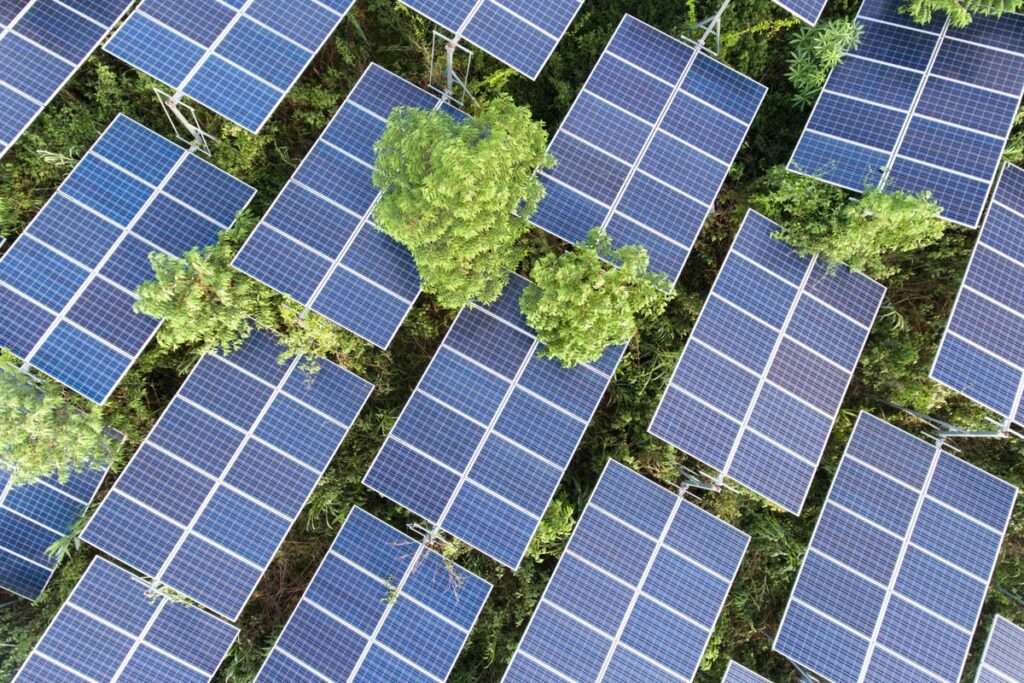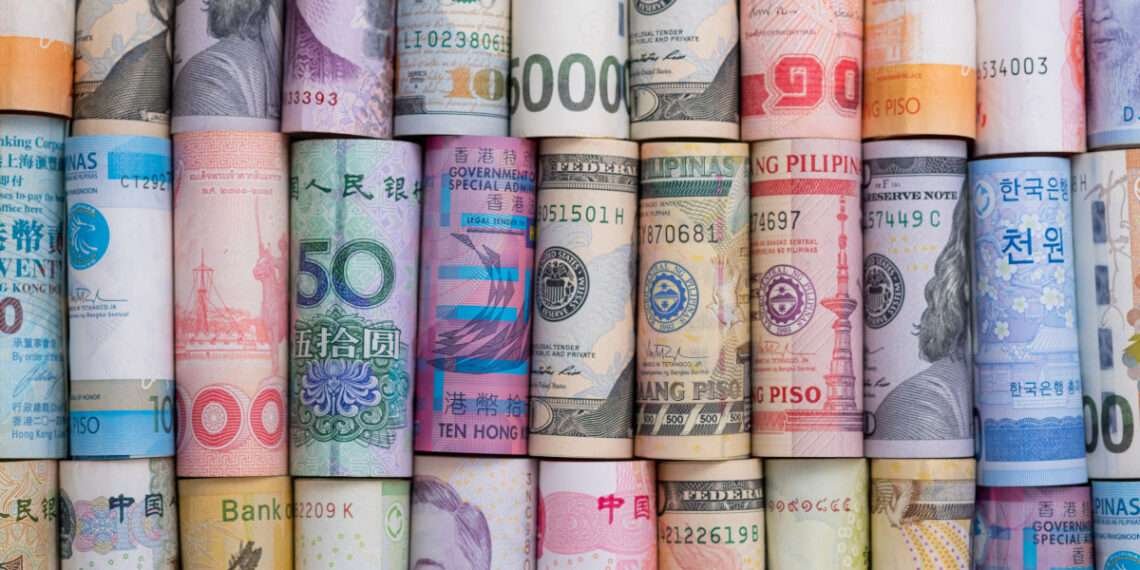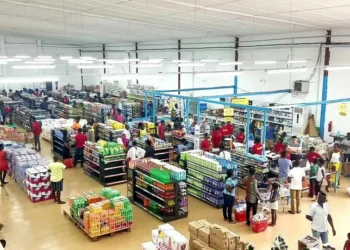Global energy investment is set to rise by 8% in 2022 to reach US$ 2.4 trillion, with the anticipated rise coming mainly in clean energy, according to a new report by the International Energy Agency.
While this sounds encouraging, the growth investment is still far from enough to tackle the multiple dimensions of the current energy crisis and pave the way towards a cleaner and more secure energy future.
According to the IEA’s World Energy Investment 2022 report, the fastest growth in energy investment is coming from the power sector– mainly in renewables and grids– and from energy efficiency.
Besides, the rise in clean energy spending is not evenly spread, as most of the spending are taking place in advanced economies and China. And in some markets, energy security concerns and high prices are prompting higher investment in fossil fuel supplies, most notably on coal.
IEA Executive Director Fatih Birol, said:
“We cannot afford to ignore either today’s global energy crisis or the climate crisis, but the good news is that we do not need to choose between them– we can tackle both at the same time. A massive surge in investment to accelerate clean energy transitions is the only lasting solution.

“This kind of investment is rising, but we need a much faster increase to ease the pressure on consumers from high fossil fuel prices, make our energy systems more secure, and get the world on track to reach our climate goals.”
Fatih Birol
Clean energy investment grew by only 2 per cent a year in the five years after the Paris Agreement was signed in 2015. However, since 2020, the pace of growth has accelerated significantly to 12 per cent.
Spending Accelerated by Fiscal Support
Spending has been underpinned by fiscal support from governments and aided by the rise of sustainable finance, especially in advanced economies. Renewables, grids and storage now account for more than 80 per cent of total power sector investment.
Spending on solar PV, batteries and electric vehicles is now growing at rates consistent with reaching global net zero emissions by 2050.
Tight supply chains are also playing a large part in the headline rise in investment, though. Almost half of the overall increase in spending is a reflection of higher costs, from labour and services to materials such as cement, steel and critical minerals. These challenges are deterring some energy companies from picking up their spending more quickly.
From a low base, there is rapid growth underway in spending on some emerging technologies, notably batteries, low emissions hydrogen, and carbon capture utilisation and storage. Investment in battery energy storage is expected to more than double to reach almost $20 billion in 2022, according to the report.
However, despite some bright spots, such as solar in India, clean energy spending in emerging and developing economies (excluding China) remains stuck at 2015 levels, with no increase since the Paris Agreement was reached.
Also, public funds to support sustainable recovery are scarce, policy frameworks are often weak, economic clouds are gathering, and borrowing costs are rising, IEA noted.
All of this undercuts the economic attractiveness of capital-intensive clean technologies. Much more needs to be done, including by international development institutions, to boost these investment levels and bridge widening regional divergences in the pace of energy transition investment.



















